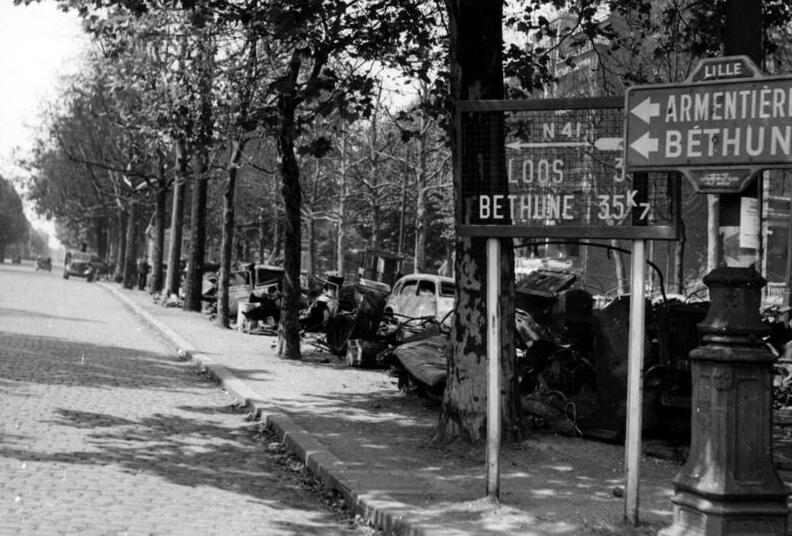During the Middle Ages, Lille, in northern France, grew up near a feudal castle on the Deule River, seven miles from the Belgian frontier. These days, it is noted for its textile and iron manufactures, its Palais des Beam Arts, which has one of the richest picture galleries in France, and its library with thousands of rare editions and valuable historical documents. For centuries, Lille has been noted for the making of fine linen, damask cloths, and flax thread for lacemaking and sewing.
Indeed, the “Lisle” thread gets its name from the city. Cotton manufacturers are also important, especially in the making of ribbons and velvet. The city also has locomotive and bridge-building works and manufactures beet sugar, chemicals, tobacco, and soap. Among its educational institutions is Lille University, where the great Louis Pasteur was teaching when he did so much to revolutionize science and to aid agriculture. aid agriculture.
Lille’s history has been stormy. A leading city of medieval Flanders, it was ruined and rebuilt in the wars between the Flemish and the French in the 13th century. Later, it fell under Austrian rule, then Spanish, and was not restored to France until 1667. In the War of the Spanish Succession. Thus, it was taken by England and its allies but returned to France by the Treaty of Utrecht (1713).
In 1792, it successfully withstood a nine-day Austrian bombardment. During the 20th-century, it was seized by Germany as a key city and occupied France in the Second World War. Moreover, it was also bombed by the British Air Force.
